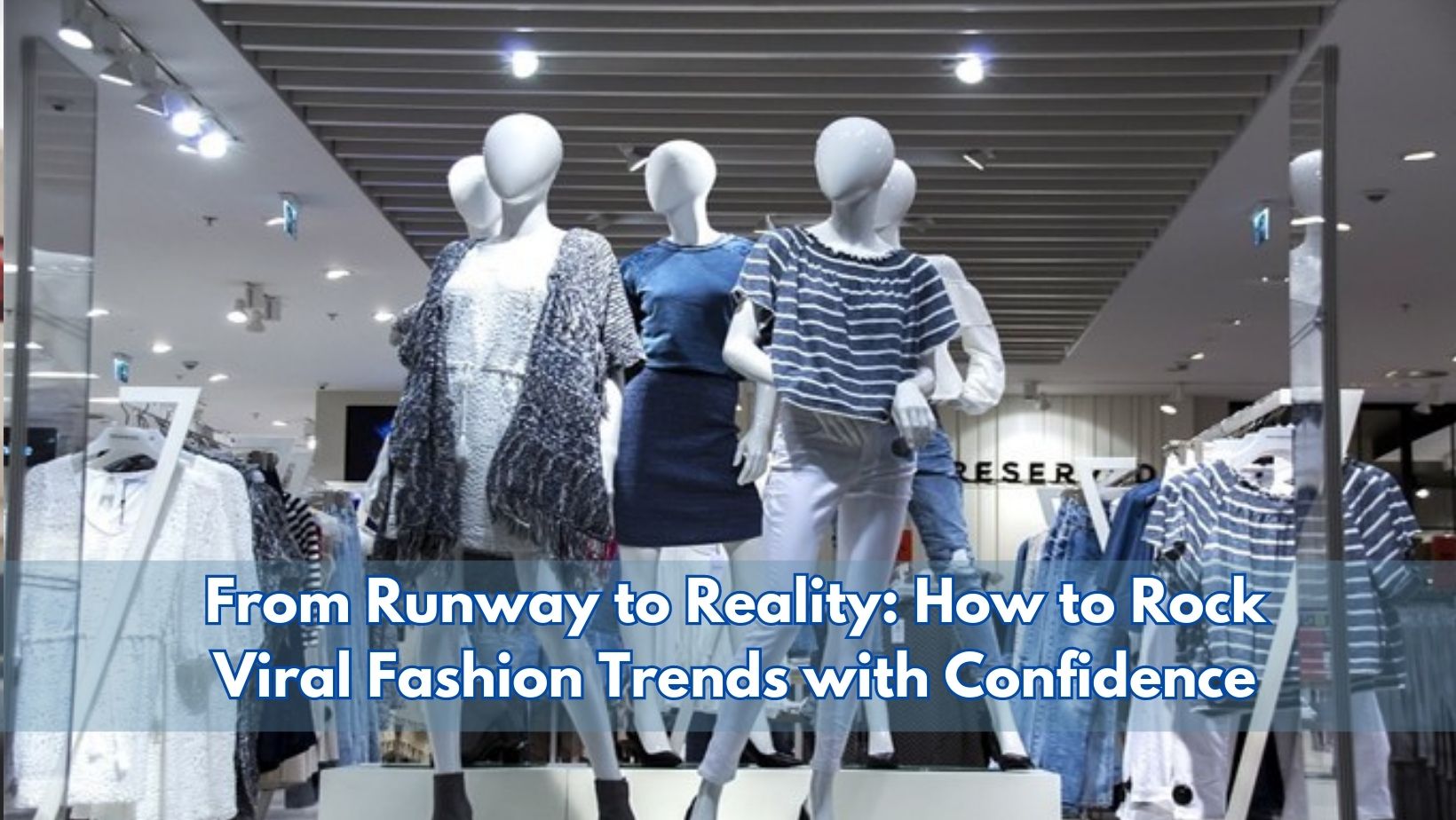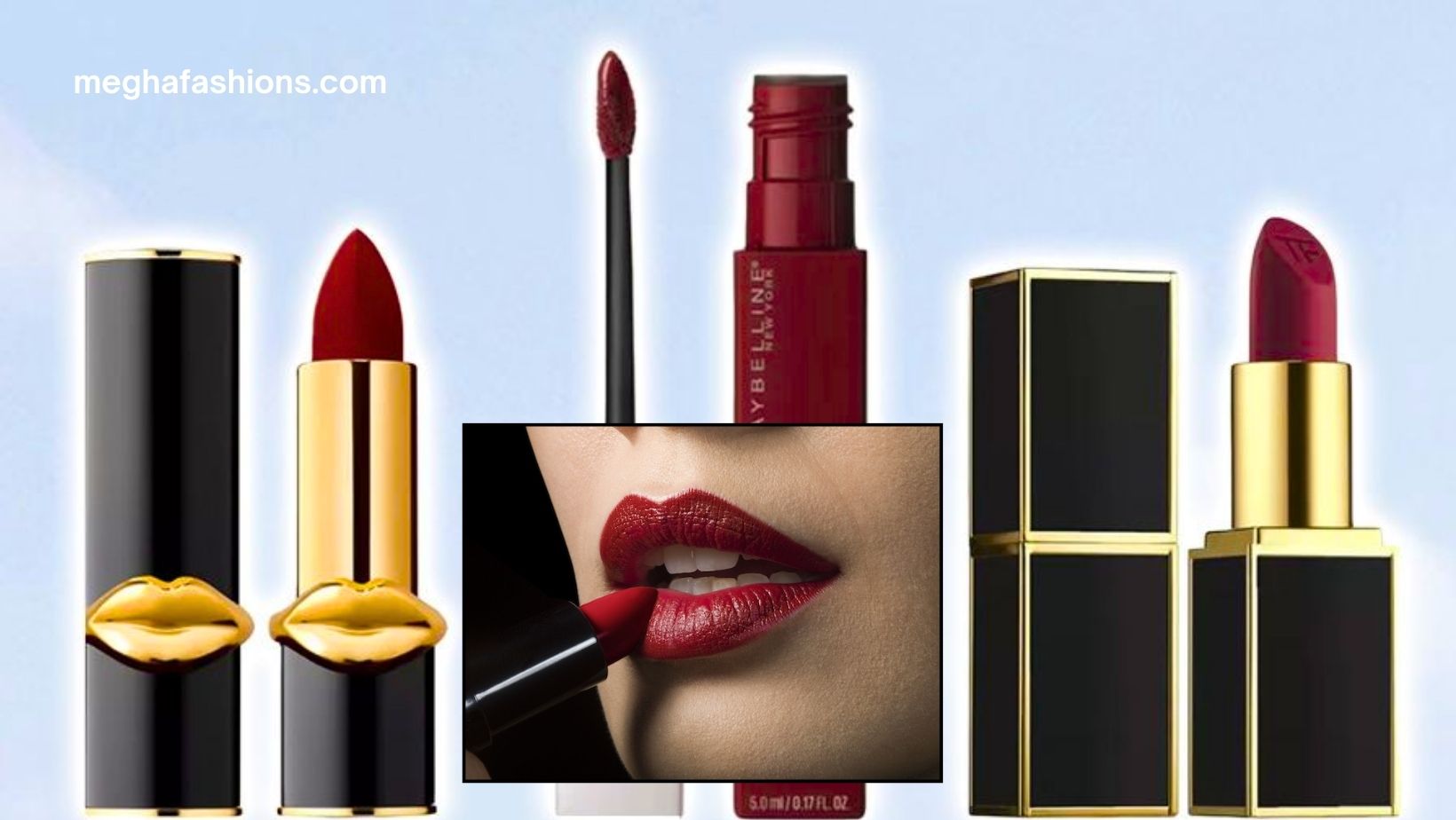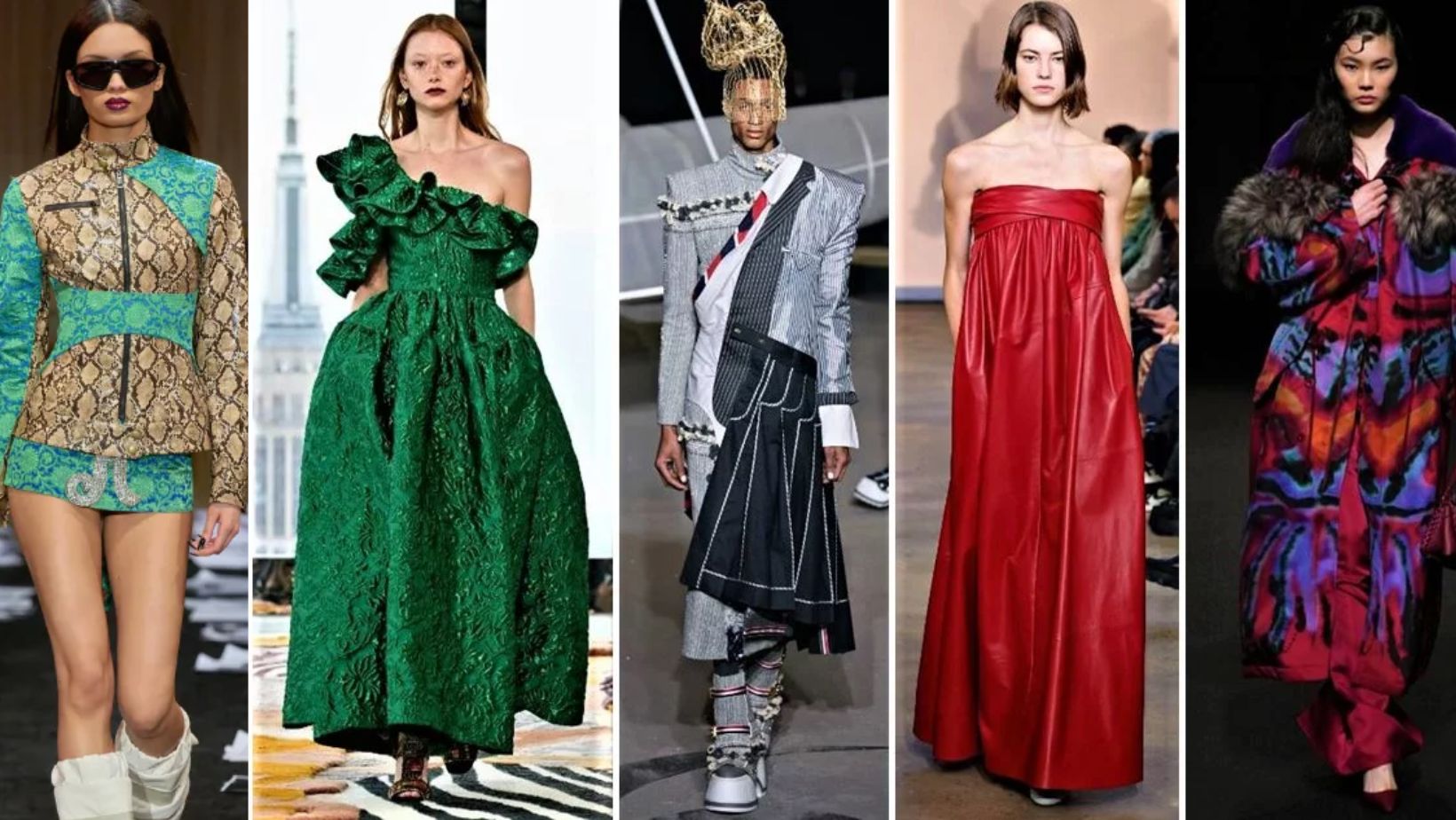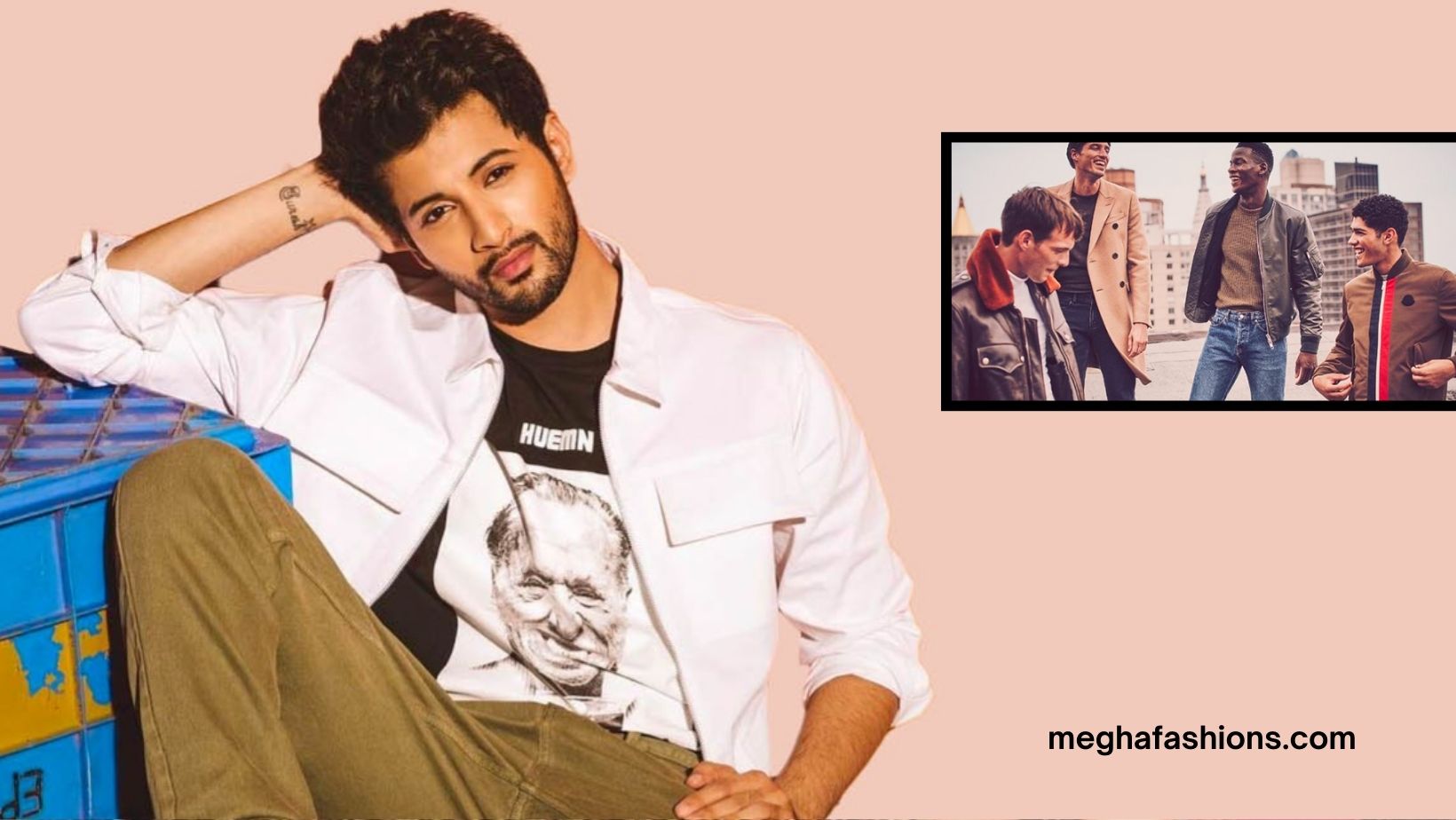Fashion, an endlessly dynamic mode of artistic manifestation, serves not solely as a mirror to societal shifts and cultural standards but also wields influence over our outward portrayals to the global stage. The odyssey undertaken by a fashion article, embarking from the dazzling spectacles of luxury designers’ runway showcases to securing a spot on the shelves of your beloved retail sanctuary, weaves an intricate and captivating narrative, intricately weaving together ingenuity, strategic acumen, and an intimate grasp of consumer inclinations. Within the confines of this composition, we shall embark upon an expedition, peeling back the layers of the manifold trajectory that fashion commodities undertake during their metamorphosis from the haute couture runway to the bustling realm of the retail marketplace.
The Runway Spectacle: Birth of a Collection
The journey begins with the creative genius of designers who craft their visions into collections. Fashion weeks held in major global style hubs such as Paris, Milan, New York, and London function as stages where designers unveil their freshest masterpieces. Beyond mere clothing presentations, these intricate catwalk spectacles transcend into captivating performances, encapsulating the very core of a designer’s muse, artistic ingenuity, and groundbreaking originality.

Read more – The Athleisure Wear Evolution: From Gym to Glamour
Designers pour months of hard work and dedication into crafting each piece, often pushing boundaries and experimenting with new materials, techniques, and concepts. Runway shows provide a sneak peek into the upcoming trends, setting the tone for the next season’s fashion landscape. Editors, buyers, celebrities, and fashion enthusiasts flock to these shows to witness firsthand the birth of the latest trends that will soon grace the shelves of retail stores.
The Role of Fashion Buyers: Curating the Collection
Behind the scenes, fashion buyers play a pivotal role in selecting which pieces from the runway will make their way into the retail market. These industry insiders have a keen understanding of consumer preferences, market trends, and the unique identity of their respective stores. They carefully analyze each collection, considering factors such as wearability, target demographics, and overall market appeal.
Buyers attend fashion shows and showroom presentations, where they meticulously evaluate each garment’s design, quality, and potential commercial success. Negotiations with designers or their representatives follow as they determine which pieces will be purchased for the retail store’s inventory. This curation process ensures that the final collection is a cohesive and well-balanced representation of the designer’s vision and the store’s brand identity.
Production and Sourcing: Bringing Designs to Life
Once the selection process is complete, fashion products move on to the production phase. Design specifications, patterns, and prototypes are shared with manufacturers, who bring the designs to life through skilled craftsmanship and cutting-edge technology. Fabrics are sourced, materials are procured, and the intricate process of manufacturing begins.
Quality control is of utmost importance during production to ensure that each garment meets the designer’s standards and maintains the integrity of the original vision. Detailed inspections and adjustments are made to achieve the desired fit, comfort, and aesthetic appeal. This stage also involves addressing any logistical challenges related to sourcing, manufacturing, and distribution.
Retail Merchandising: Creating an Immersive Experience
As production nears completion, the focus shifts to retail merchandising. Retailers strategically plan how to present fashion products in-store and online to create an immersive and engaging shopping experience. Visual displays, store layouts, and online interfaces are designed to highlight the unique features of each garment and evoke an emotional connection with the consumer.
Marketing campaigns, including advertisements, social media promotions, and influencer collaborations, are launched to generate excitement and anticipation for the upcoming collection. Retailers aim to capture the essence of the original runway show and translate it into a relatable and aspirational narrative that resonates with their target audience.

Read more – Innovative Sustainable Fashion Trends Shaping the Industry
The Retail Journey: From Shelves to Consumers
Finally, the eagerly awaited fashion products arrive on the retail shelves and online stores, marking the culmination of a journey that began on the runway. Modern consumers find themselves confronted by a diverse selection showcasing the most up-to-date fads, aesthetics, and modes. The triumph of a fashion item within the retail sphere hinges upon a fusion of elements, encompassing its resonance with present-day vogues, its adeptness in fulfilling consumer requisites, and the strategic promotional endeavors undertaken to champion its cause.
Retail staff, armed with knowledge about the collection’s inspiration and design details, assist customers in making informed choices. The consumer’s decision to purchase is influenced by personal preferences, lifestyle, and the emotional connection they feel toward a particular piece.
Conclusion: A Fusion of Art and Commerce
The journey from the runway to the retail market is a harmonious fusion of art and commerce. Encompassing the ingenuity and inventiveness of designers, the discerning perspective of fashion procurers, the craftsmanship of manufacturers, and the calculated acumen of retailers, this journey weaves together its stages to metamorphose an artistic conception into a palpable entity. This resultant creation not only captures the zeitgeist but also endows individuals with the means to articulate their individuality through the medium of attire.
As the tapestry of fashion unfurls ever onward, the process from catwalk to store shelves will persist as a dynamic and intricate choreography, harmonizing creativity, consumer desires, and prevailing market currents. This enduring interplay attests to fashion’s profound influence on our cultural fabric and sense of self, shaping how we portray ourselves to the universe and rejoicing in the boundless spectrum of self-expression.
From Runway to Retail: How Fashion Products Make Their Way into the Market
Fashion, an endlessly dynamic mode of artistic manifestation, serves not solely as a mirror to societal shifts and cultural standards but also wields influence over our outward portrayals to the global stage. The odyssey undertaken by a fashion article, embarking from the dazzling spectacles of luxury designers’ runway showcases to securing a spot on the shelves of your beloved retail sanctuary, weaves an intricate and captivating narrative, intricately weaving together ingenuity, strategic acumen, and an intimate grasp of consumer inclinations. Within the confines of this composition, we shall embark upon an expedition, peeling back the layers of the manifold trajectory that fashion commodities undertake during their metamorphosis from the haute couture runway to the bustling realm of the retail marketplace.
Top of Form
The Runway Spectacle: Birth of a Collection
The journey begins with the creative genius of designers who craft their visions into collections. Fashion weeks held in major global style hubs such as Paris, Milan, New York, and London function as stages where designers unveil their freshest masterpieces. Beyond mere clothing presentations, these intricate catwalk spectacles transcend into captivating performances, encapsulating the very core of a designer’s muse, artistic ingenuity, and groundbreaking originality.
Designers pour months of hard work and dedication into crafting each piece, often pushing boundaries and experimenting with new materials, techniques, and concepts. Runway shows provide a sneak peek into the upcoming trends, setting the tone for the next season’s fashion landscape. Editors, buyers, celebrities, and fashion enthusiasts flock to these shows to witness firsthand the birth of the latest trends that will soon grace the shelves of retail stores.
The Role of Fashion Buyers: Curating the Collection
Behind the scenes, fashion buyers play a pivotal role in selecting which pieces from the runway will make their way into the retail market. These industry insiders have a keen understanding of consumer preferences, market trends, and the unique identity of their respective stores. They carefully analyze each collection, considering factors such as wearability, target demographics, and overall market appeal.
Buyers attend fashion shows and showroom presentations, where they meticulously evaluate each garment’s design, quality, and potential commercial success. Negotiations with designers or their representatives follow as they determine which pieces will be purchased for the retail store’s inventory. This curation process ensures that the final collection is a cohesive and well-balanced representation of the designer’s vision and the store’s brand identity.

Read more – EASILY PROGRESSING YOUR BUSINESS TRAVEL OUTFIT FROM DAY TO NIGHT FOR NIGHT OCCASIONS
Production and Sourcing: Bringing Designs to Life
Once the selection process is complete, fashion products move on to the production phase. Design specifications, patterns, and prototypes are shared with manufacturers, who bring the designs to life through skilled craftsmanship and cutting-edge technology. Fabrics are sourced, materials are procured, and the intricate process of manufacturing begins.
Quality control is of utmost importance during production to ensure that each garment meets the designer’s standards and maintains the integrity of the original vision. Detailed inspections and adjustments are made to achieve the desired fit, comfort, and aesthetic appeal. This stage also involves addressing any logistical challenges related to sourcing, manufacturing, and distribution.
Retail Merchandising: Creating an Immersive Experience
As production nears completion, the focus shifts to retail merchandising. Retailers strategically plan how to present fashion products in-store and online to create an immersive and engaging shopping experience. Visual displays, store layouts, and online interfaces are designed to highlight the unique features of each garment and evoke an emotional connection with the consumer.
Marketing campaigns, including advertisements, social media promotions, and influencer collaborations, are launched to generate excitement and anticipation for the upcoming collection. Retailers aim to capture the essence of the original runway show and translate it into a relatable and aspirational narrative that resonates with their target audience.
The Retail Journey: From Shelves to Consumers
Finally, the eagerly awaited fashion products arrive on the retail shelves and online stores, marking the culmination of a journey that began on the runway. Modern consumers find themselves confronted by a diverse selection showcasing the most up-to-date fads, aesthetics, and modes. The triumph of a fashion item within the retail sphere hinges upon a fusion of elements, encompassing its resonance with present-day vogues, its adeptness in fulfilling consumer requisites, and the strategic promotional endeavors undertaken to champion its cause.
Retail staff, armed with knowledge about the collection’s inspiration and design details, assist customers in making informed choices. The consumer’s decision to purchase is influenced by personal preferences, lifestyle, and the emotional connection they feel toward a particular piece.
Conclusion: A Fusion of Art and Commerce
The journey from the runway to the retail market is a harmonious fusion of art and commerce. Encompassing the ingenuity and inventiveness of designers, the discerning perspective of fashion procurers, the craftsmanship of manufacturers, and the calculated acumen of retailers, this journey weaves together its stages to metamorphose an artistic conception into a palpable entity. This resultant creation not only captures the zeitgeist but also endows individuals with the means to articulate their individuality through the medium of attire.
As the tapestry of fashion unfurls ever onward, the process from catwalk to store shelves will persist as a dynamic and intricate choreography, harmonizing creativity, consumer desires, and prevailing market currents. This enduring interplay attests to fashion’s profound influence on our cultural fabric and sense of self, shaping how we portray ourselves to the universe and rejoicing in the boundless spectrum of self-expression.




